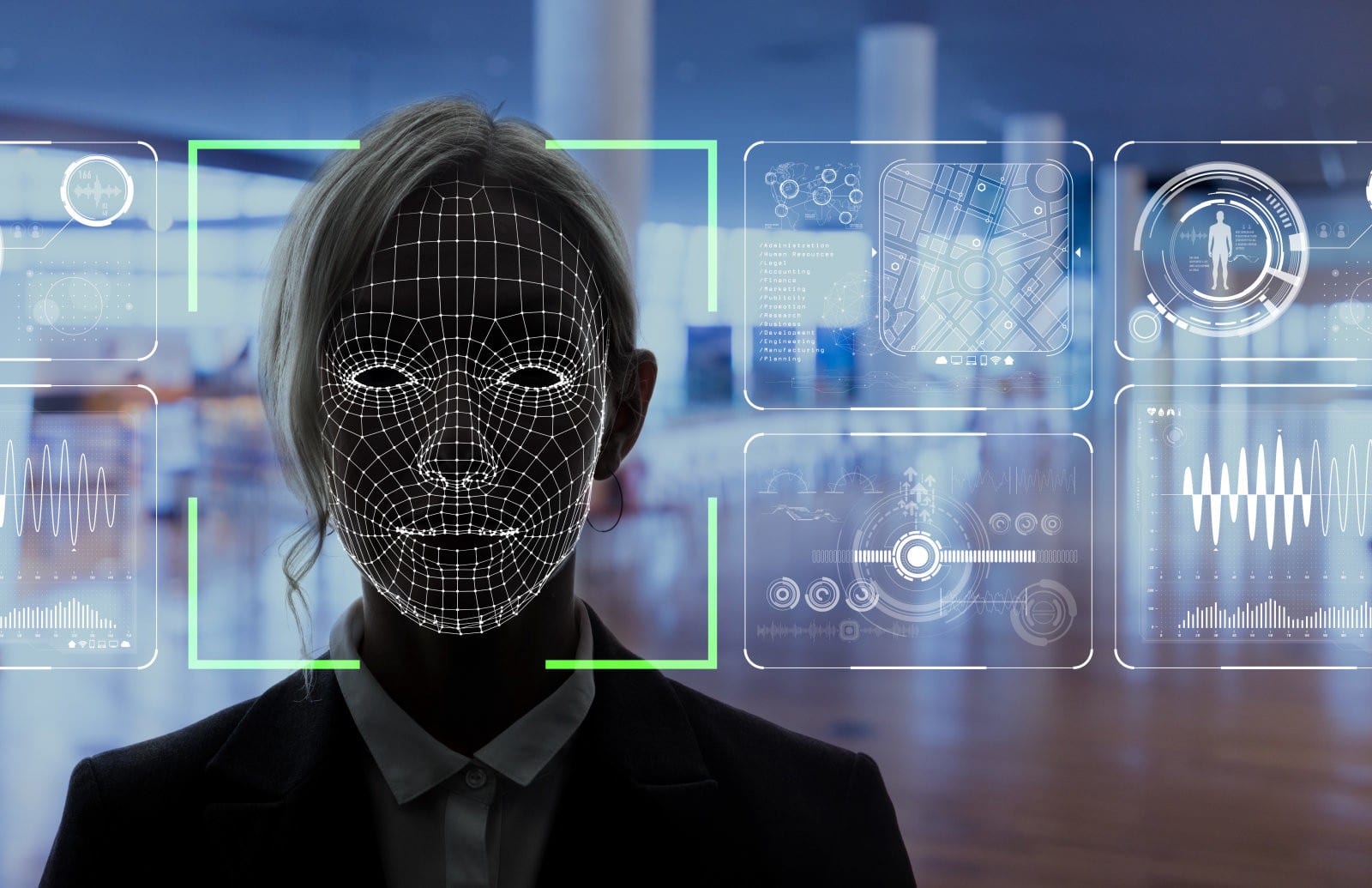The rise of biometrics is undeniable today.
Biometric data encompasses unique physiological or behavioral traits, utilized for individual identification and verification. These traits, ranging from fingerprints and facial structures to iris scans and voice patterns, are increasingly captured and stored in digital formats. The proliferation of such data stems from its integration into various sectors, including security systems, personal devices, and governmental applications, resulting in an unprecedented expansion of its use across global landscapes.
Biometrics offers both benefits and serious risks.
Advantages in Security and Efficiency
The implementation of biometric technologies yields significant advantages in security protocols, providing robust authentication methods that are substantially more challenging to circumvent than traditional password systems. Furthermore, the utilization of biometrics enhances operational efficiency across diverse sectors, streamlining processes such as access control, identity verification, and transaction authorizations, thereby reducing processing time and bolstering security measures simultaneously.
Regulations are needed for biometric data usage.
International and National Regulations
A patchwork of international and national regulations governs the collection, storage, and usage of biometric data. Various jurisdictions have enacted specific laws to ensure data privacy, consent requirements, and limitations on the purposes for which biometric information can be employed. These regulations aim to mitigate the potential for misuse and ensure the ethical handling of sensitive biometric identifiers across diverse technological applications and sectors.
Vulnerabilities and Risks of Biometric Databases
Biometric databases are susceptible to various vulnerabilities, including hacking, data breaches, and unauthorized access. The permanent nature of biometric identifiers means that once compromised, they cannot be easily changed, leading to persistent risks of identity theft and fraud. Furthermore, the potential for function creep, where biometric data is used for purposes beyond its original intention, raises serious concerns regarding privacy and civil liberties.
The future of biometric privacy necessitates a multi-faceted approach, combining technological safeguards, robust legal frameworks, and heightened public awareness. Ensuring the responsible development and deployment of biometric technologies will require continuous efforts to address vulnerabilities, enforce ethical guidelines, and promote transparency. The ongoing dialogue among stakeholders is critical for striking a balance between the benefits and risks of this rapidly evolving field, thereby safeguarding individual rights and societal well-being.



